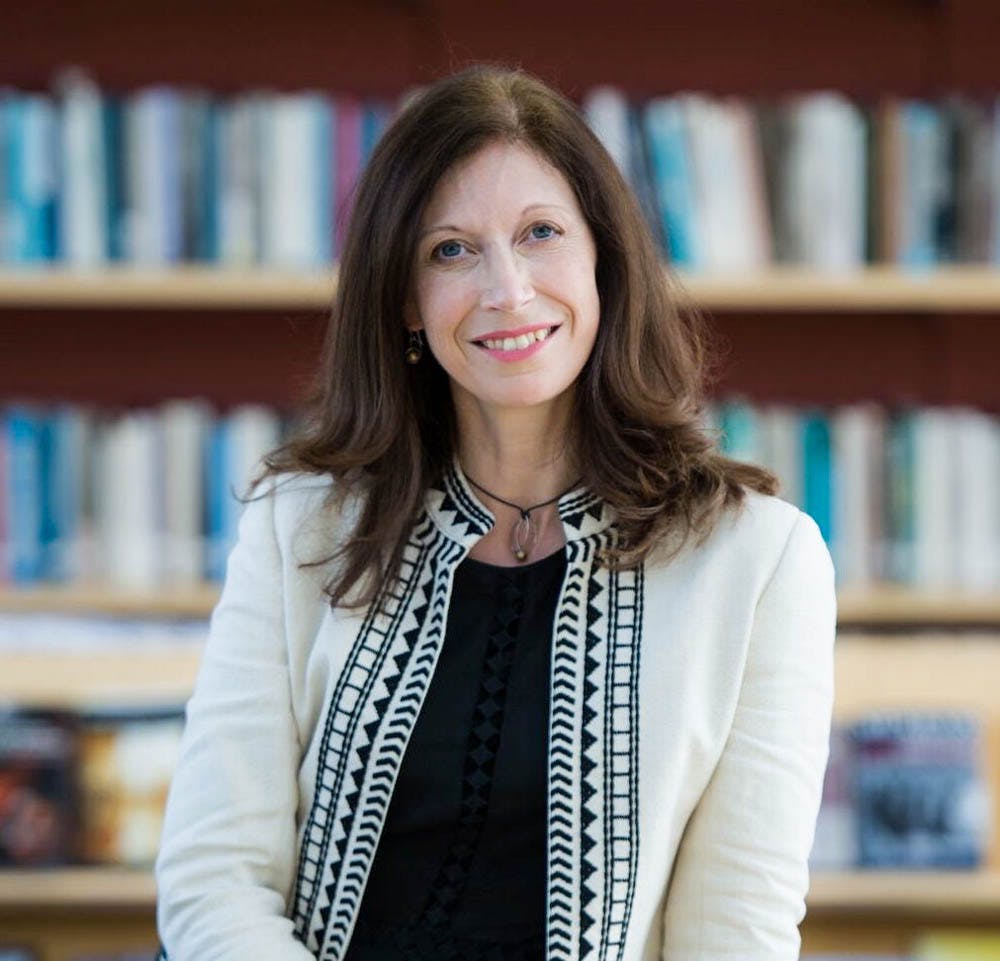Susan Moffitt, associate professor of international and public affairs and political science, began her three-year role as director of the Taubman Center for American Politics and Policy July 1.
The search for a new director of the Taubman Center started well in advance of the term end of the previous director, James Morone, professor of public policy, political science and urban studies. Dean of the Faculty Kevin McLaughlin and Edward Steinfeld, director of the Watson Institute for International and Public Affairs, conducted the internal search and ultimately made the final hiring decision.
Roles like that of the Taubman director are “great positions because someone can really leave a mark,” Steinfeld said. Directors have the opportunity to maintain “vibrant research programs” and leave a “personal imprint as a leader.”
As a director, Moffitt said she will focus on three themes: the cost of living, the value of democracy and the price of security.
In the summer of 2015, the Taubman Center became a part of the Watson Institute. The merger gave the Taubman Center important exposure to international issues and scholarship, Moffitt said. She hopes to continue “the process of bringing together the global focus of Watson with the study of American politics and policy” at the Taubman Center, she said.
“We can better understand American politics and policy through a global lens,” Moffitt added.
Steinfeld praised Moffitt as “a scholar of bureaucracy” with “interests in gender and public policy,” as well as public provisions and equity.
Moffitt has already proven her ability to take on large-scale projects. According to a University press release, Moffitt is currently in the second year of a three-year, $4.9 million project that examines the effects of the Common Core State Standards Initiative, a set of K-12 academic standards that aims to combat education inequality in the United States.
Steinfeld said he is confident in Moffitt’s abilities to further develop the Taubman Center’s scholarly reach. “I am sure she will push things further down the evolutionary path,” he added.





